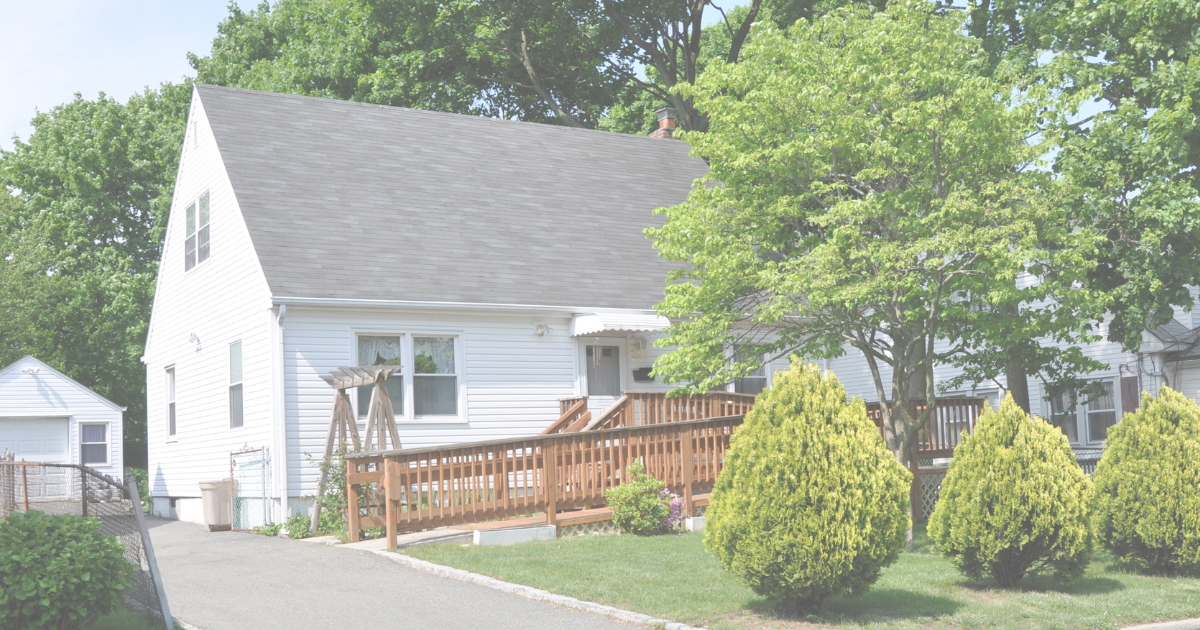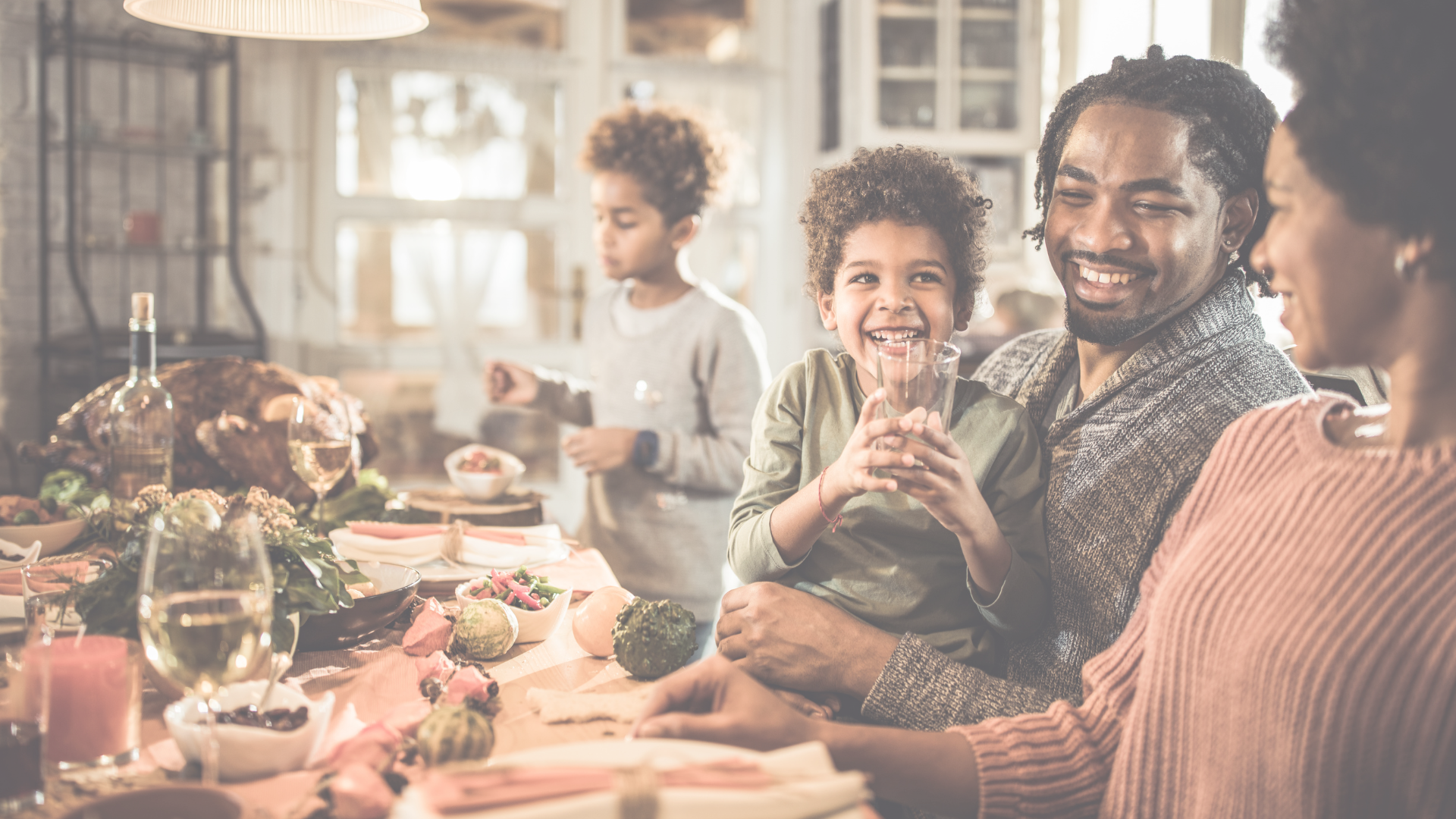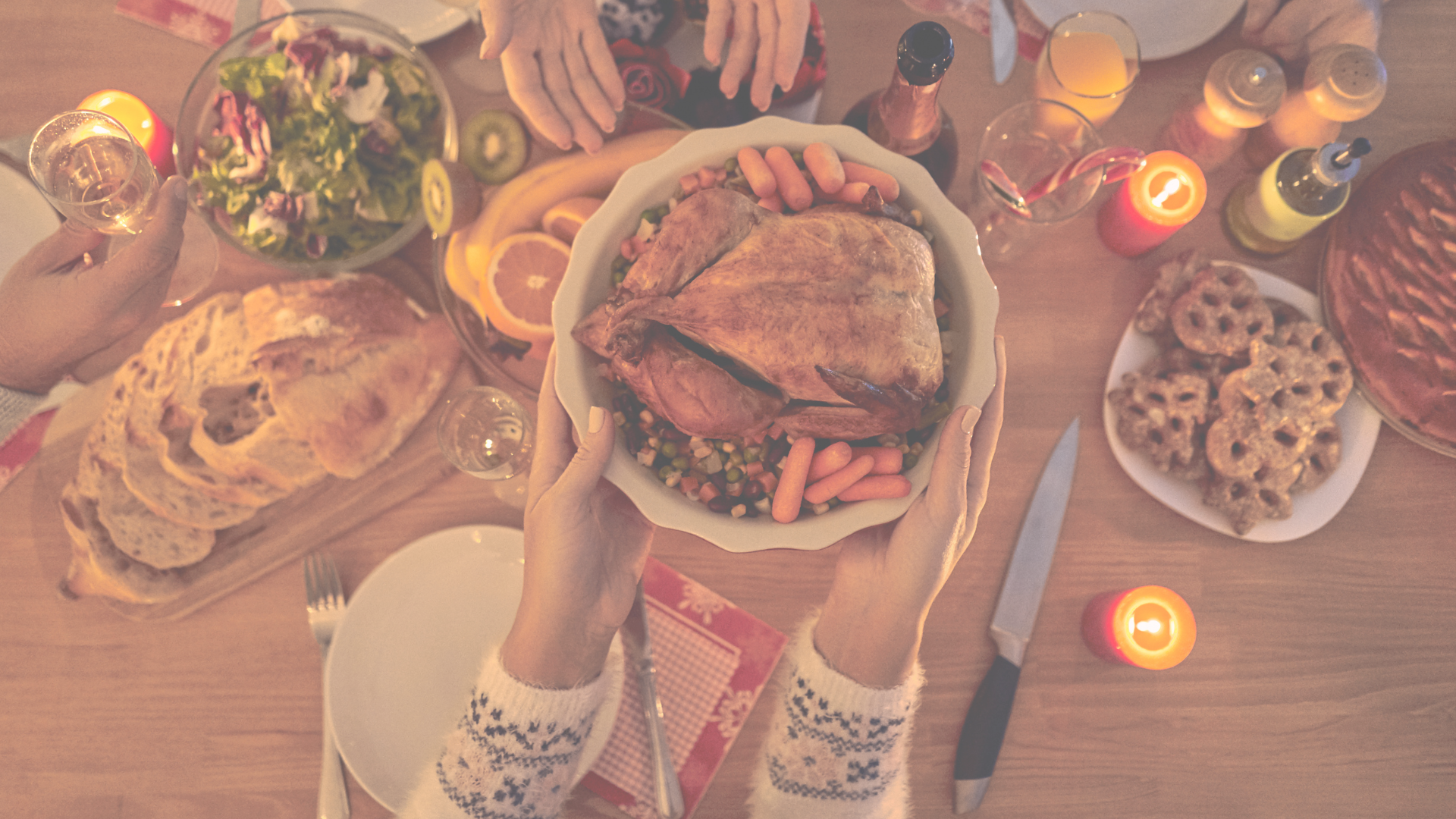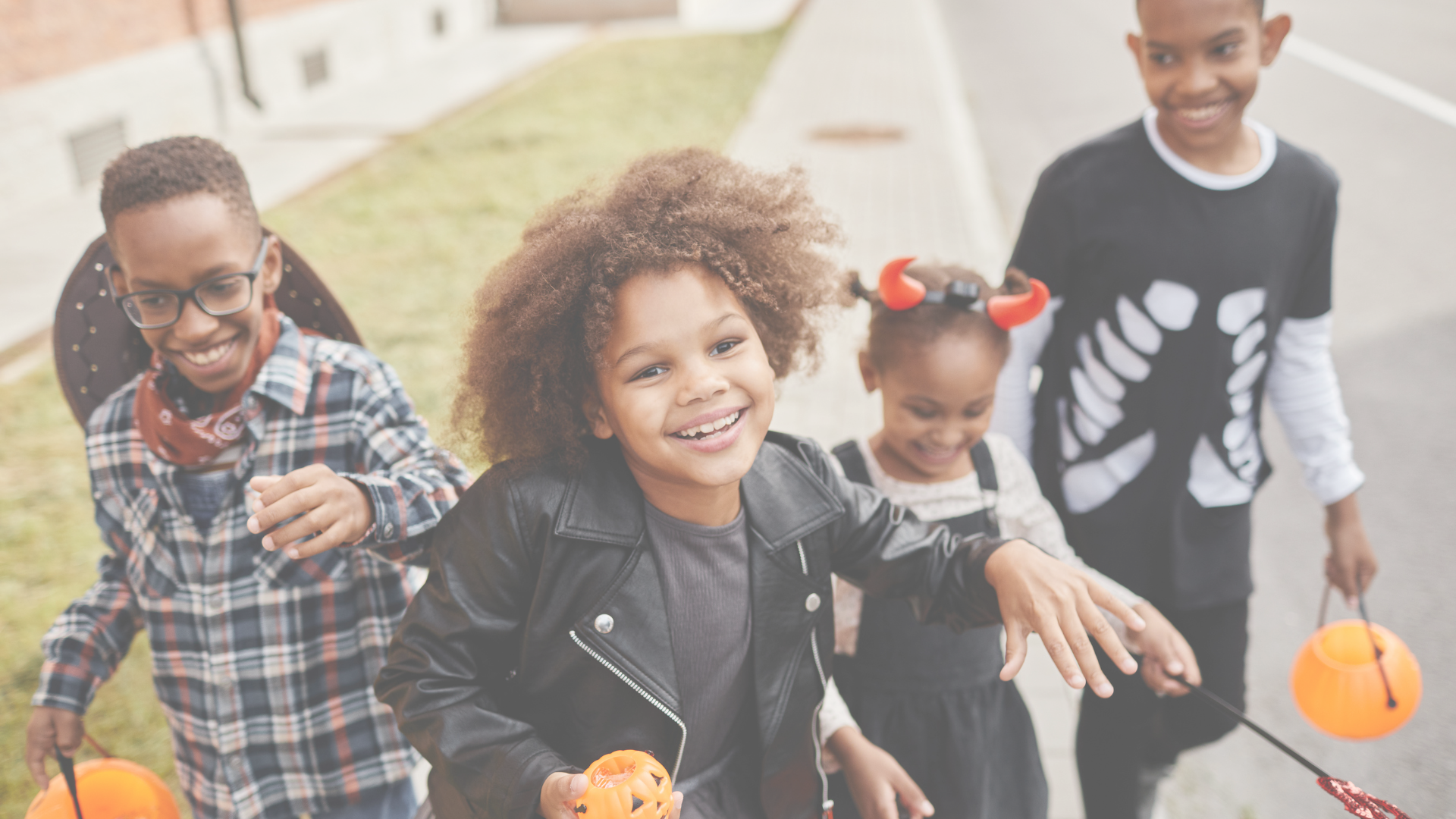Halloween: An Adaptive Experience
Join us in the month of October as we discuss ways to make Halloween an enjoyable experience for all!
As a parent, you know that October is big for one thing and one thing only.
Not the cooler temps.
Not the pumpkin spice lattes.
Not the mums.
Maybe those things ARE big, but if you have children, Halloween is the main event of October. And luckily, it’s at the end of the month so there’s plenty of build up and time to prepare.
For parents of children with special needs, this can be a challenging time of considering and planning. It’s supposed to be a magical time–candy, parties, costumes. But this magical time can be challenging if your child has a disability.
So, how can you create a fun Halloween experience for your child? Here are some tips to get you started:
- Tell them what to expect
- Halloween is centered around things that are “spooky” and “scary.” Some kids love this. Others, not so much. Kids with sensory challenges and autism spectrum disorders take comfort in routine, and Halloween is all about the unexpected. Talking with your child about what Halloween might look like and normalizing the language of “scary” and “spooky,” gives them the tools to both understand what others around them are saying and doing and also communicate when they may be scared.
- Another good idea is to take out the element of surprise and visit places that are decorated for Halloween (malls, pumpkin patches, orchards, etc.) but less likely to play scary music, have strobe lights, or mechanical decorations that may jump out.
- Practice makes things familiar (not perfect)
- A practice run of the festivities could help prepare your Halloweener for that day. If they’re wearing a costume, do a sort of “dress rehearsal.” Try it on beforehand to make sure it fits and is not uncomfortable. Fabrics can be triggering for those with sensory issues. And some costumes may be uncomfortable for those in wheelchairs (Find adaptive Halloween costumes here).
- You can also do a trick or treat practice. Ask your neighbors if they’re willing to help. This way, you can practice walking up to homes, ringing doorbells and saying “Trick or Treat” and “Thank you.”
- But if your child is more the “stay in” type on Halloween, practice answering the door and handing out candy to those who may come by. This may also help them get used to the continuous ringing of the doorbell.
- Encourage them to participate, but listen to them
- In all things just remember: Halloween can be new and “scary” for your child. The crowds, the costumes, the candy overload, the weather, and the difference in routine can all create a sense of uncertainty and fear. While we always want to encourage our kids to try new things, listen to them when they indicate they’re afraid or it’s too much—the people, the colors, the darkness can all be overwhelming. Preparation is best to make this day more fun for both your child and you.
Photo:
"We have special Halloween recipes" by M_a_y_a_










